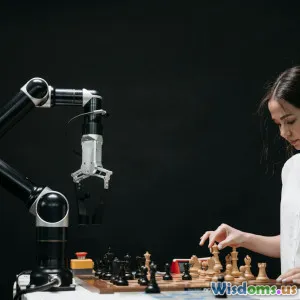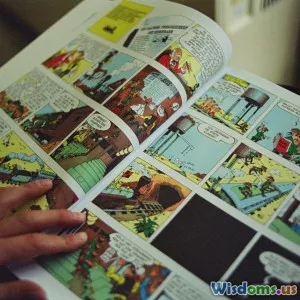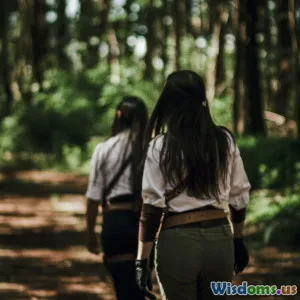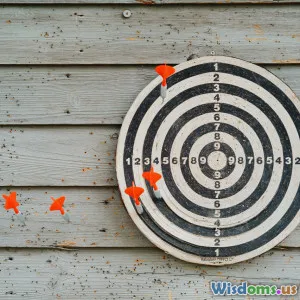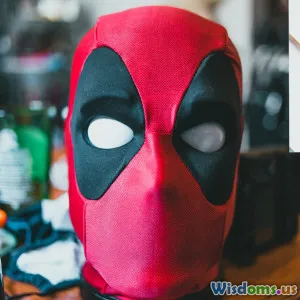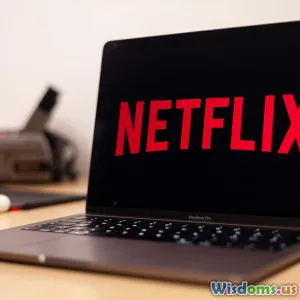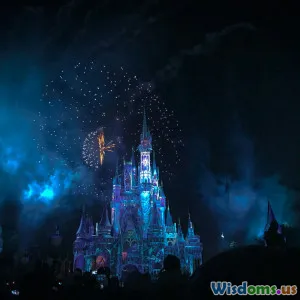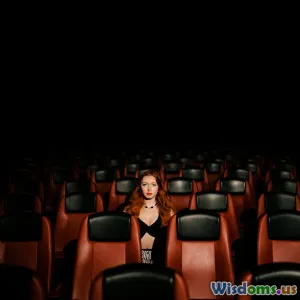
Comparing Lord of the Rings Films Versus The Books
18 min read A detailed comparison between The Lord of the Rings films and the original book trilogy by J.R.R. Tolkien. (0 Reviews)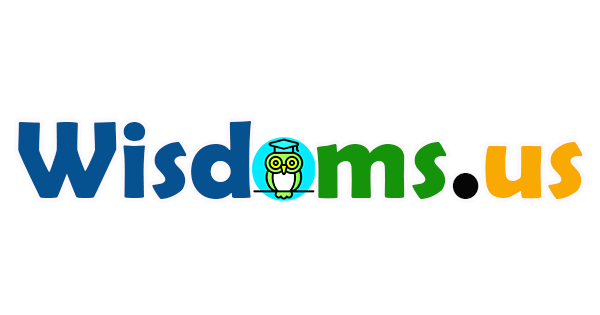
Comparing Lord of the Rings Films Versus The Books
The world of J.R.R. Tolkien's Middle-earth has captured imaginations for generations, both through vivid prose and cinematic spectacle. With Peter Jackson's film adaptations of The Lord of the Rings trilogy, audiences were introduced to high fantasy on an unprecedented scale. Yet, as with any adaptation, the journey from page to screen involved significant choices, compromises, and creative liberties. What did we gain, what might we have lost, and how do the two interpretations of this beloved saga enrich each other?
Faithfulness to the Original Story

One of the first questions fans ask of any adaptation is: How true is it to the source? Peter Jackson and his co-writers Fran Walsh and Philippa Boyens famously sought to honor Tolkien's core narrative. Most central events—the journey of the Fellowship, the defense of Helm's Deep, the destruction of the Ring—remain largely intact. Yet, the path from text to screen required streamlining complex timelines, merging or omitting characters, and modifying plot points.
Let us consider a concrete example: The character of Tom Bombadil. Loved by many readers for his eccentricity and wisdom, Bombadil is a critical part of the early chapters of The Fellowship of the Ring—rescuing Frodo, Sam, Merry, and Pippin from the Barrow-wights and Old Man Willow. In the films, Bombadil is absent altogether, his episodes cut for pacing and to maintain narrative focus. While this upset some purists, it typifies the way adaptations must pick and choose their battles to maintain coherence and avoid overwhelming casual viewers with tangential asides.
Other differences stem from the medium's constraints. Tolkien’s lingering descriptions of landscape and culture, for instance, are largely condensed into sweeping visuals. The depth of sub-plots like “The Scouring of the Shire” (entirely omitted from the films) highlights Peter Jackson's focus on the larger, action-driven narrative.
Character Portrayals and Arcs

Faithful translation of characters is an area where the films drew as much criticism as praise. While most of the central characters' journeys are similar in both media, their personalities and development often differ.
Aragorn is a prime example. Tolkien’s Aragorn is a confident heir to the throne, relentless and unwavering from the outset. In contrast, Viggo Mortensen's portrayal is more reluctant and internally conflicted—a character arc that aligns with modern cinematic storytelling, granting audiences an evolving protagonist to root for instead of a static hero archetype. This creative shift invites viewers to connect with Aragorn's doubts and choices as he grows into a leader.
Frodo Baggins also undergoes slight reinterpretations on screen. While both book and film versions showcase his gradual weight under the burden of the One Ring, Elijah Wood’s Frodo is often portrayed as more vulnerable and dependent compared to his literary counterpart. In the books, Frodo's resilience to temptation—especially when compared with Sam—offers a subtle commentary on the strength of will. The films, needing to externalize internal conflicts, amplify his visible distress and struggles.
Some characters become composites, or their significance gets redistributed. Arwen’s role is notably expanded in the films, turning her into a more active participant (e.g., the flight to the Ford accounted to Glorfindel in the book). This not only streamlines events but remedied the shortage of prominent female roles in the original text, a choice reflecting both cinematic pacing and contemporary sensibilities.
Thematic Emphases

Tolkien’s work is steeped in themes of sacrifice, the corrupting nature of power, friendship, and loss. The films keep these core themes intact but sometimes reframe or bring certain motifs to the forefront.
A notable example is the motif of temptation. In the films, the allure of the Ring is made explicit through dialogue (e.g., Boromir’s and Gandalf’s refusals) and visual cues, such as the distortions in sound and image whenever the Ring’s influence looms. In the books, much of this tension is internal and revealed via narration or dialogue, relying on the reader’s imagination.
Similarly, Jackson’s trilogy often heightens action and visual drama. The Battle of Helm’s Deep receives extensive runtime and choreography, expanding on Tolkien’s more concise account. The films transform what is textually a brief, though pivotal, battle into a monumental, suspenseful set-piece—which, for many, is among the series’ most thrilling cinematic sequences.
On the other hand, the novel devotes ample time to folk customs, songs, and the linguistic tapestry of Middle-earth—elements necessarily abbreviated or left for supplemental material (such as the film soundtracks and extended editions).
Narrative Pacing and Structure

One of the most profound differences between the books and films lies in narrative pacing. Tolkien’s prose meanders, lush with descriptions and digressions. Epic in scale yet deeply intimate, the novels take time to explore cultural specifics, poetry, and lore. Multiple storylines unravel simultaneously, sometimes independently of one another.
Jackson’s adaptation adopts a brisker pace, more suitable to cinematic experience. The need for momentum means some scenes are compressed, re-ordered, or even invented. For instance, the film dramatically reunites key characters at pivotal moments (like the Fellowship’s fight at Amon Hen) to ensure emotional coherence, even though the novel keeps certain groups separated longer.
Moreover, the films merge overlapping timelines, especially as the narrative splits—such as following Frodo and Sam separately from Aragorn, Legolas, and Gimli. Switching perspectives visually for tension and clarity often leads to adjusted sequencing or condensation of time.
Omitted and Altered Events

Every adaptation must make sacrifices, and The Lord of the Rings is no exception. Beyond characters like Tom Bombadil, emblematic passages such as “The Scouring of the Shire” are absent from the film narrative. Tolkien included this final act as a commentary on the cost of war and the need for vigilance even after grand victory—a theme condensed or replaced in the films with symbolic imagery, like Frodo’s trauma and the departure to the Grey Havens.
Key lines or lyrical passages (Sam’s poems, Aragorn’s songs, Elvish laments) are often abbreviated or relocated. Saruman’s ultimate fate differs notably: in the extended film version, he perishes early in “The Return of the King”; in print, he skulks back to the Shire to spread further malice, representing a lingering evil unquenched by Sauron’s fall.
Purists may lament the loss of these nuances, but the films also inject new set-pieces. The contest between Legolas and Gimli, for instance, is an invention that adds levity and deepens their friendship—a relationship that, in print, develops more gradually.
Visual and Aesthetic Achievements

Bringing Middle-earth to life visually was a mammoth undertaking, and the films arguably set a new standard for fantasy cinema. New Zealand’s breathtaking landscapes rendered Tolkien’s detailed geography real, from the rolling hills of the Shire to the stark peaks of Mordor. The collaboration with Weta Workshop produced armor, weaponry, and miniatures that echoed authentic craftsmanship, rooting the films’ fantasy in believable material reality.
Iconic design choices, like the Black Riders’ chilling attire or the ethereal beauty of Rivendell and Lothlórien, translate Tolkien’s suggestive prose into memorable visions. The use of forced perspective, digital effects, and practical sets all helped deliver an epic scope rarely equaled on screen.
Music, too, became a vital storytelling element missing, naturally, from the experience of the books. Howard Shore’s score infuses each culture and realm with unique sonic flavor—whether it is the thunder of Rohan’s motifs or the haunting melodies of the Elves.
Language, Dialogue, and Lore

Language is a keystone in Tolkien’s work: he spent years developing Elvish tongues and intricate histories. While the films reference Quenya and Sindarin, even including spoken lines and written script, the sheer breadth and depth of Tolkien’s invented mythologies are impossible to encapsulate completely in cinematic runtime.
The films adapt major dialogue, sometimes word-for-word (Gandalf’s “You shall not pass!”), and sometimes with revision to suit dramatic structure, audience comprehension, or pace. The vast appendices and supplemental tales woven throughout the books are mostly the province of extended editions.
Film viewers inevitably receive only glimpses of the cosmological underpinnings, such as the making of the world, the origins of Sauron, or the House of Fëanor. Meanwhile, the books enable readers to immerse themselves in this lore at their own pace, discovering new layers on each rereading.
Feminine Presence and Representation

Tolkien’s original trilogy has often been critiqued for its limited number of female characters, with Arwen and Éowyn standing as notable exceptions. Peter Jackson’s films increase the visibility and significance of women in the story. Arwen’s pursuit of Aragorn, her internal struggle, and her unique presence help rebalance gender representation.
One particularly resonant cinematic escalation is Éowyn’s role: her confrontation with the Witch-king is depicted in slow-motion glory, emphasizing her courage and the shattering of prophesied limitations (“I am no man!”). This moment is present in the text, but the film imbues it with an immediacy and power that made it a touchstone of feminist media analysis.
It’s important to note, however, that the depth of interiority offered by the books—such as Arwen’s long years of longing and decision for a mortal life—can only be gestured at in the compressed format of a movie.
The Impact on Popular Culture

Both Tolkien’s novels and the film trilogy have profoundly influenced popular culture, but each in its own distinctive way. The books laid the groundwork for modern fantasy, inspiring writers across generations—from Ursula K. Le Guin to George R.R. Martin. They also founded a genre of fantasy world-building that continues to shape literature, games, and art.
The films, in delivering a visually and aurally immersive experience, broadened Middle-earth’s reach to new audiences. Moviegoers worldwide flocked to midnight premieres, LEGO sets and video games proliferated, and phrases like “my precious” entered common vernacular. The success of Jackson’s trilogy also ushered in a wave of high-budget fantasy adaptations, setting the stage for series like Game of Thrones and Amazon's recent The Rings of Power.
Crucially, the films helped unite and energize fandom. From cosplay at conventions to renewed interest in Tolkien’s longer works, the synthesis of book and film culture has kept Middle-earth alive and evolving for the 21st century.
Tips for Readers and Viewers Alike

For those embarking on their own journey through Middle-earth, some approaches can maximize enjoyment and insight from both media. Here’s an actionable guide:
- Read the books at your own pace. Tolkien rewards patience, allowing each description and poem to unfold in the imagination.
- Watch the Extended Editions. If you are a fan of the novels, the extra content in the extended cuts brings the films closer to the books’ spirit.
- Use Appendices and Companion Guides. Tolkien’s world is immeasurably deep; glossaries and commentaries enrich the experience and clarify ambiguities.
- Enjoy discussions and forums. The richness of fan conversations—analyzing changes, arguing for preferred versions—can be its own adventure.
- Appreciate each medium’s strengths. Films provide sound and spectacle; books provide interiority and depth. Alternating between them offers the most holistic Middle-earth journey.
Which Version Is Superior?

Inevitably, the question of superiority arises. Purists often point to Tolkien’s language, the poetic cadence, and the philosophical underpinnings as irreplaceable. Film advocates may argue that Jackson’s vision makes the story accessible and viscerally powerful, overcoming the dated prose or slow starts that challenge some modern readers.
Ultimately, the answer can be found in one of Tolkien’s key themes: fellowship. Books and films, together, create a tapestry richer than either alone. Each offers new pathways and perspectives into the myth, encouraging old fans to look again and new fans to explore further.
In revisiting old roads or stepping onto new ones, the magic of Middle-earth endures, reshaped, reimagined, and forever cherished.
Rate the Post
User Reviews
Popular Posts








